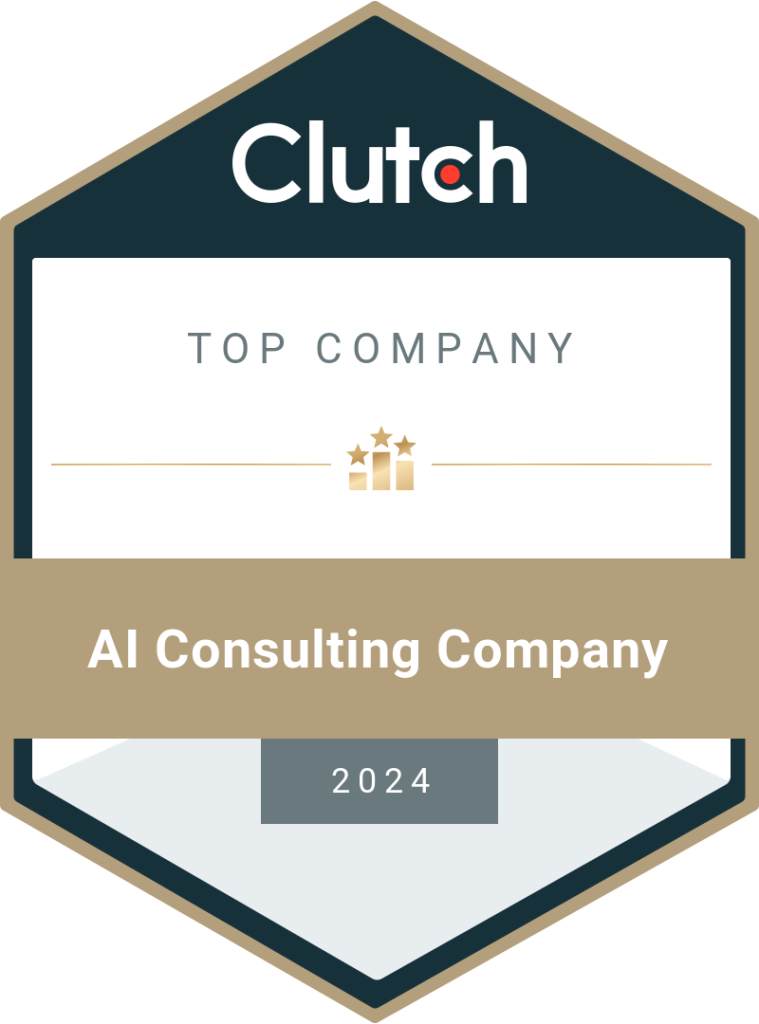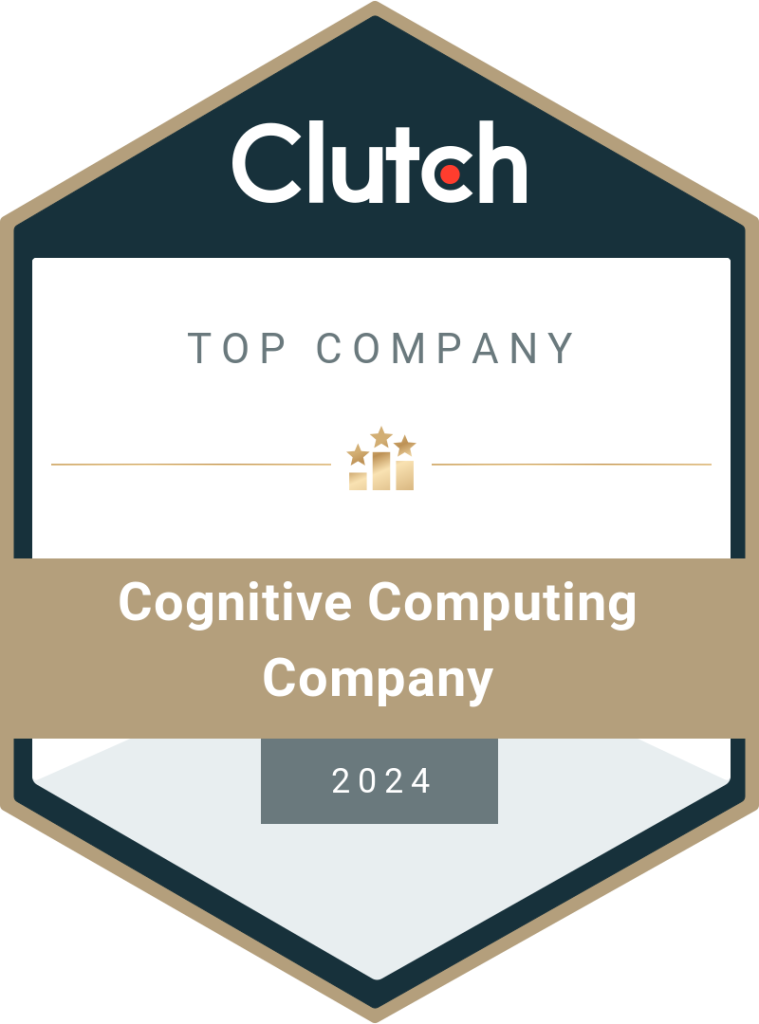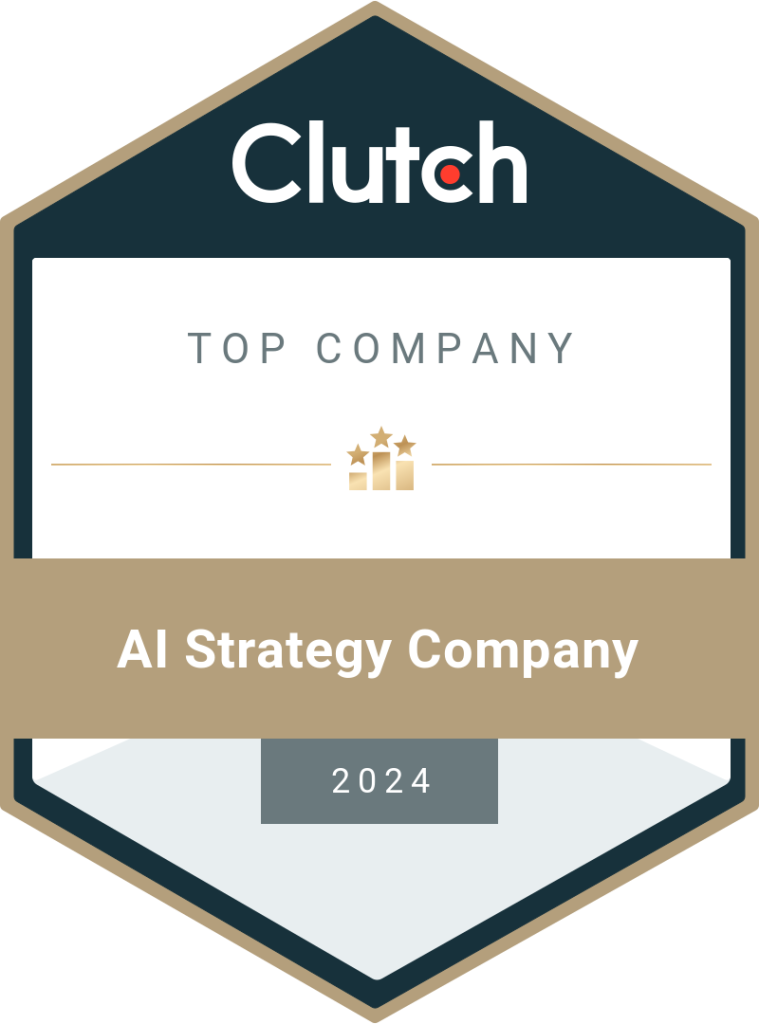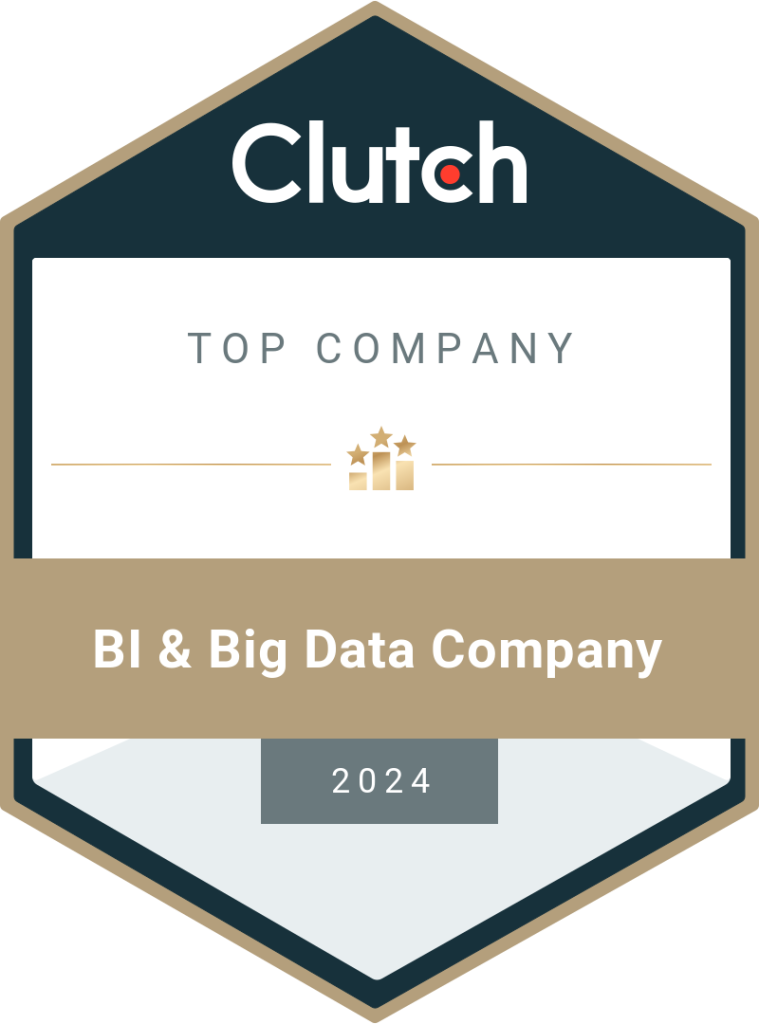Why Strategies Fail Without a Data Maturity Assessment Framework?
Data maturity determines the success of the data-driven decision-making model. Here, we’ll discuss data maturity assessment and how the framework is useful for a growing business in competitive markets. Data is the core of every business. You can no longer limit your data sources to internal systems and miss out on the valuable insights that external data can provide. However, collecting, storing, and using such large amounts of data can be a challenge for many organizations. After all, statistics show that the global data generated will reach 491 zettabytes by 2027. Whether you own a start-up, an emerging business, or belong to a multinational company, data management is a key process you cannot ignore. In today’s world, data-driven decisions give businesses a competitive edge. However, getting accurate insights requires high-quality data. This, in turn, requires standardized data engineering solutions, reliable data storage, and advanced analytical tools. Moreover, the entire process has to be streamlined and monitored to ensure consistent results. To summarize, the business requires a robust data maturity framework. If you have difficulties handling data or ask why your dashboards are not reflecting real-time or accurate metrics, this blog is for you. Let’s find out what the data maturity assessment framework is and how it is essential for your data strategies to be successful and deliver expected outcomes. What is the Data Maturity Assessment Framework? Simply put, data maturity is how well a business uses data to create value. It is about how integral data and insights are to the process of business decision-making. This is a primary part of initiating the digital transformation journey and adopting new technologies to boost your business. Data maturity assessment is the process of measuring your efforts in data management and usage. This assessment is used as a framework to evaluate the extent to which a business collects, stores, analyzes, and uses data to make data-driven decisions and whether or not the processes are aligned with one another and with the organization’s objectives. Data maturity assessment framework measures your data capabilities using different parameters, like data quality, data storage methods, data governance, data security measures, compliance standards, data literacy, data culture, the types of technologies used, etc. Before that, we’ll learn the reasons for data strategy failure due to the lack of a data maturity framework to guide the organization. Reasons Why Data Strategies Fail Without a Data Maturity Assessment Framework Creating data strategies is just one part of the process. The strategies can give results only when they are aligned with the business mission and objectives and are supported by the right technology. Lack of Understanding Do you have a clear picture of your business processes? Do you know the challenges your organization faces? Are the decision-makers aware of the concerns? The best way to get a detailed insight into your data management standards and processes is to fill out the data maturity assessment questionnaire. This helps evaluate the existing data and analytical systems in the business. No Communication The communication channels in an organization should go both ways. The top management and C-level executives should consider input from the middle-level managers and employees. They should keep employees updated about the changes being planned and how these will affect them. Open dialogue is essential to prevent misunderstandings and incorrect interpretations. Make clear communication a priority to build a data-driven culture in the business. Talent Gap New tools and technologies require new skills like data analysis, AI engineering, etc. If you are yet to begin the digital transformation journey, there’s a high possibility of a talent gap in the business. It implies that there’s a gap between the expertise of existing employees and what is required to strengthen the data-driven model. This gap can be filled by hiring new employees, augmented teams with external professionals, or partnering with a service provider who offers end-to-end, tailored solutions and long-term support. Lack of Data Literacy Data literacy is the ability to read, comprehend, process, and use data effectively in a business. A business that derives meaningful and actionable insights from data and makes decisions based on these in real time is said to have high data literacy. This includes employees’ and top management’s ability to work with data and technology for day-to-day activities. Employee training is the best way to increase data literacy. Outdated or Insufficient IT Infrastructure The IT infrastructure has to be upgraded regularly to prevent delays and mismatches of software. When a business doesn’t have the technology it requires, it loses opportunities to stride ahead in the markets. Legacy systems can be upgraded or replaced with cloud-based tools like Power BI to provide real-time insights and automated reports. However, you should choose the right technology. It should align with the business objectives. Resistance to Change It’s not uncommon for employees to resist change. Sometimes, even the top management is wary of new developments as they involve expensive upgrades. However, this can lead to stagnation, delays, and low performance. With many enterprises adopting new technologies, resisting change can increase competition and put the business in an unfavorable position. Talk to experts and reliable data engineering companies to understand how the right technology can give your business a fresh boost and a competitive edge. Low Data Quality Statistics show that businesses worldwide lose $15 million per year due to bad data quality. Poor data quality is when the data used by organizations is not cleaned. It has duplicates, missing details, and data in different formats. This can affect the accuracy of the insights. Data maturity assessment results indicate the extent of the loss. They also provide a clear picture of the current situation in the business. You can make the necessary changes to improve data quality by partnering with a service provider. No Regulatory Compliance Businesses should comply with data protection laws like GDPR, etc., to ensure confidential data is kept safe from unauthorized access. This is also necessary to avoid lawsuits and penalties. Lack of proper data strategies and management leads to
Read More






